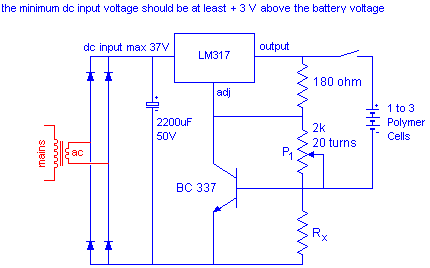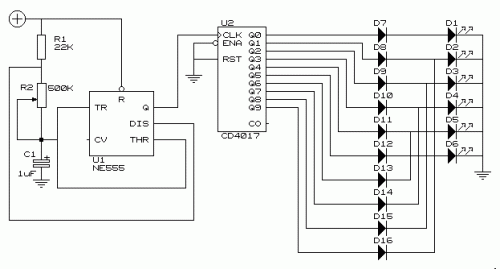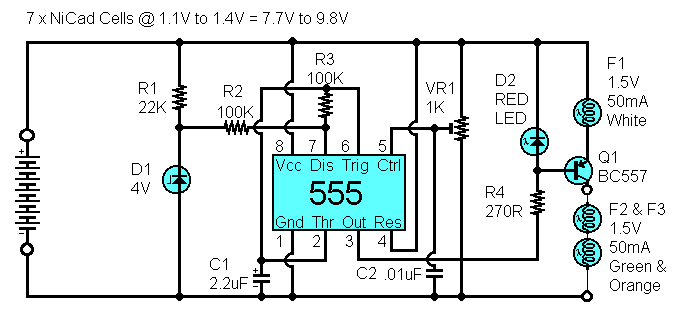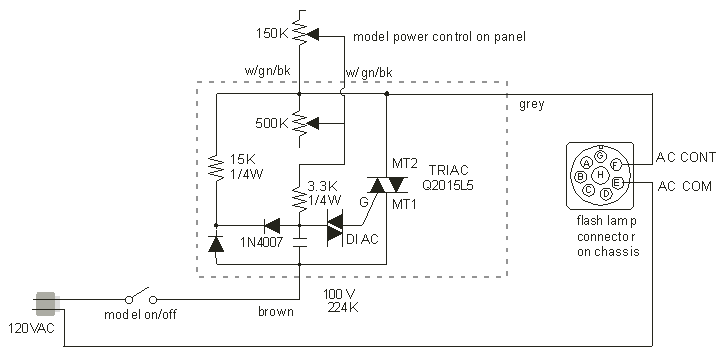
Batteries for Model Aircraft

A new type of NiMH battery known as HeCell has recently been developed, which is claimed to allow higher discharge rates than the conventional ones (about 12 - 16C).
The HeCell NiMH battery represents a significant advancement in battery technology, particularly in applications requiring high discharge rates. Traditional nickel-metal hydride (NiMH) batteries typically support discharge rates ranging from 1C to 10C, making the HeCell's capability of achieving discharge rates of 12C to 16C noteworthy. This enhanced performance can be attributed to improvements in the battery's electrode materials and design, which optimize the electrochemical reactions within the cell.
The construction of the HeCell battery involves advanced materials that enhance conductivity and reduce internal resistance, allowing for more efficient energy transfer during high discharge conditions. This characteristic is particularly beneficial for applications such as electric vehicles, power tools, and high-performance consumer electronics, where rapid bursts of energy are essential.
Moreover, the HeCell's design may incorporate features such as improved thermal management systems to dissipate heat generated during high discharge rates, thereby enhancing safety and longevity. The integration of smart battery management systems (BMS) could further optimize performance by monitoring cell temperatures, state of charge, and health, ensuring that the battery operates within safe limits.
In summary, the HeCell NiMH battery's ability to achieve higher discharge rates positions it as a competitive option in the energy storage market, promising improved performance and efficiency for demanding applications.A new type of NiMH battery known as HeCell has recently been developed, which is claimed to allow higher discharge rates than the conventional ones (about 12 - 16C). 🔗 External reference
The HeCell NiMH battery represents a significant advancement in battery technology, particularly in applications requiring high discharge rates. Traditional nickel-metal hydride (NiMH) batteries typically support discharge rates ranging from 1C to 10C, making the HeCell's capability of achieving discharge rates of 12C to 16C noteworthy. This enhanced performance can be attributed to improvements in the battery's electrode materials and design, which optimize the electrochemical reactions within the cell.
The construction of the HeCell battery involves advanced materials that enhance conductivity and reduce internal resistance, allowing for more efficient energy transfer during high discharge conditions. This characteristic is particularly beneficial for applications such as electric vehicles, power tools, and high-performance consumer electronics, where rapid bursts of energy are essential.
Moreover, the HeCell's design may incorporate features such as improved thermal management systems to dissipate heat generated during high discharge rates, thereby enhancing safety and longevity. The integration of smart battery management systems (BMS) could further optimize performance by monitoring cell temperatures, state of charge, and health, ensuring that the battery operates within safe limits.
In summary, the HeCell NiMH battery's ability to achieve higher discharge rates positions it as a competitive option in the energy storage market, promising improved performance and efficiency for demanding applications.A new type of NiMH battery known as HeCell has recently been developed, which is claimed to allow higher discharge rates than the conventional ones (about 12 - 16C). 🔗 External reference





